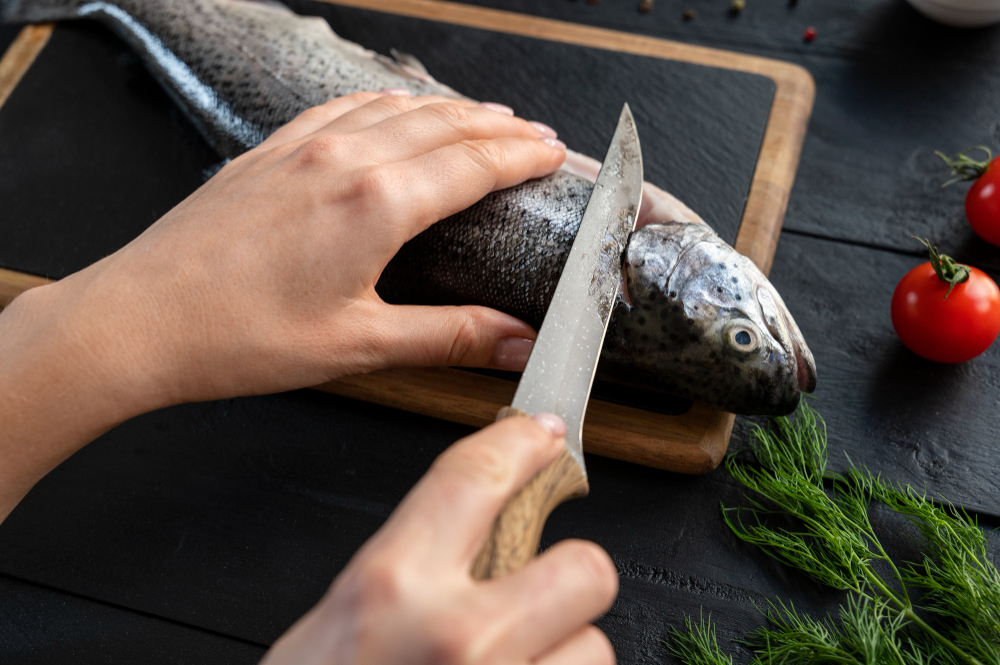The Impact of Different Types of Knives on Cooking Flavor and Style
Cooking, a blend of art and science, depends not only on ingredients and culinary skills but also on the tools we use in the kitchen. Among these tools, knives play an essential role. From traditional Japanese knives to modern Western blades, each type of knife has its unique attributes that not only affect the food preparation process but can also subtly change the final dish’s flavor and style.

1. Types and Characteristics of Knives
Japanese Knives
Japanese knives are known for their exquisite craftsmanship and special design. The most representative are the single-beveled knives, such as the “Yanagiba” for slicing sashimi and the “Deba” for filleting fish. These knives are characterized by their sharpness and precision, ideal for delicate cutting tasks like sushi or sashimi. The smooth cutting surface provided by Japanese knives helps maintain the freshness and original flavor of the food.
Western Knives
In contrast, Western knives, like chef’s knives and bread knives, are usually double-beveled and have sturdier blades. They are suitable for a variety of cutting tasks, from chopping meat to slicing vegetables. The versatility of Western knives makes them a favorite in many kitchens. Although they may not be as precise as Japanese knives for delicate cuts, their robust adaptability and durability make handling hard ingredients easy.

2. Impact of Knives on Cooking Style
Delicacy vs. Robustness
The precision of Japanese knives is particularly suitable for delicate, detail-oriented cooking styles. For instance, in Japanese cuisine, cutting techniques are crucial for both presentation and texture. Western knives, on the other hand, are more suited to robust cutting methods, like chunky chopping or slicing through thick meats, common in Western cooking.
Subtle Differences in Texture
Different knives also influence the texture of food. For example, sashimi sliced with a single-bevel knife has smoother edges, which helps maintain the texture and taste of the fish. In contrast, a double-bevel knife might slightly compress and tear the ingredients, especially softer ones.

3. Matching Knives with Ingredients
Choosing the right knife for different ingredients is crucial. For example, a serrated knife, like a bread knife, is best for cutting tomatoes to avoid squashing them. For handling fish, a Japanese single-bevel knife can minimize damage to the ingredients.
4. Knife Maintenance and Cooking Quality
Maintaining knives is equally important. A well-maintained, sharp knife not only makes the cooking process smoother but also reduces ingredient wastage and preserves the original flavor of the food. Sharp knives reduce the pressure on the food during cutting, helping to maintain its freshness and texture.
Conclusion
In conclusion, different types of knives indeed subtly impact the flavor and style of cooking. Understanding and choosing the right knife not only enhances cooking skills but also enriches our taste experience. Whether it’s the delicate art of Japanese precision or the practical versatility of Western functionality, the right knife is one of the key elements in achieving culinary delights.
